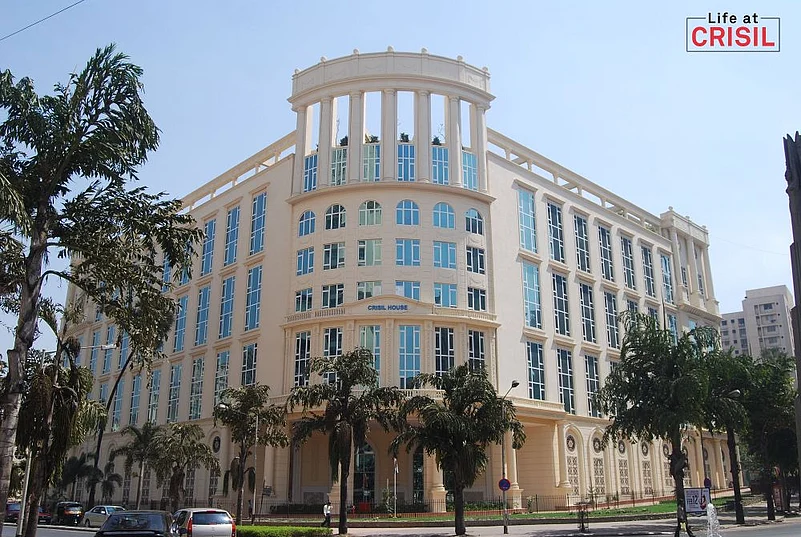
Crisil warned of a "structural shift" in bank deposit composition due to declining fixed deposits and lower CASA balances.
Household share in deposits fell to 60% in March 2025 from 64% in March 2020, with further decline expected.
Non-financial corporations have increased their share, posing risks as corporate deposits are more rate-sensitive and short-term.
CASA ratio dropped to 36% in June 2025 from 42% in March 2022, driven by lower savings deposits.
A "structural shift" in deposit composition due to a decline in fixed deposits and lower share of current and savings accounts (Casa) balances poses challenges to banks over the medium to long term, rating agency Crisil said on Friday.
This comes amid concerns in some quarters over the increased preference for capital market investments by households looking for higher yields, while others believe the shift is representative of the maturing profile of the system.
"Two key trends, a decline in household contribution to term deposits and a lower Casa ratio, indicate a structural shift in deposit composition. And these may pose challenges to deposit stability and impact funding costs over the medium to long term, particularly during periods of tight liquidity," the rating agency said in a note Housheholds accounted for 60% of the deposit base in March 2025 as against 64% in March 2020, Crisil said, adding that besides growth in deposits, composition of the base is also very important for banks because it influences the stability and costs.
The agency also expects a further decline in household contributions going ahead.
Pointing out that non-financial corporations have increased their share in the base, Crisil director Subha Sri Narayanan said this has implications as corporate depositors tend to be more rate sensitive and prefer shorter tenures.
"During periods of tight liquidity, this behaviour can potentially lead to faster deposit outflows and increased funding costs for some banks. Looking ahead, as alternative investments continue to gain popularity, we expect the share of household deposits to decline further," Narayanan said.
Similarly, the low-cost Casa deposits have been on a declining trajectory, with the ratio falling to 36% in June 2025 from a 25-year high of 42% in March 2022, the agency said adding it is the savings deposits which has suffered and current account balances have been range bound.
The agency added that the recent reductions in savings interest rates by banks will only exacerbate this trend.
"The decline in CASA deposits, coupled with a decreasing household share in term deposits, highlights the need for banks to proactively manage their deposit bases to mitigate potential risks to stability and costs," its associate director Vani Ojaswi said.
From a near-term perspective, the note said deposits should grow steadily, benefitting from the various regulatory measures aimed at enhancing system liquidity.
It added that Reserve Bank of India (RBI's) proactive stance, as reflected in its interventions, has led to adequate system liquidity since April 2025, in contrast to the tight liquidity situation that prevailed earlier.
Additionally, a release of ₹2.5 lakh crore through the phased cut in cash reserve ratio (CRR) and the revised liquidity coverage ratio (LCR) norms that could free up investments up to ₹1.9 lakh crore will also be beneficial, it said.





























